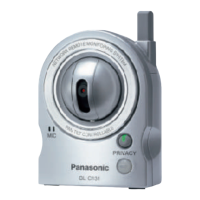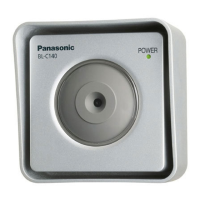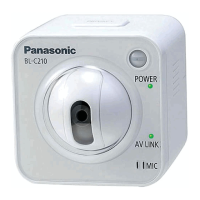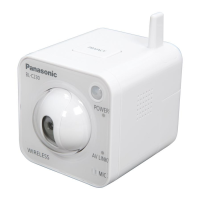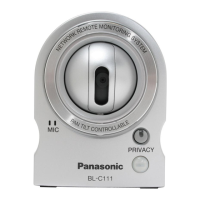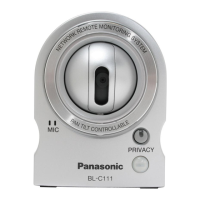Operating Instructions
39
Host Name
(DHCP Only)
• If your ISP uses the DHCP function, which automatically
assigns an IP address to the camera, enter the ISP-
assigned host name. (The host name may be used as an
authentication.)
• Enter ASCII characters for the host name (see page 131).
Note that [Space], ["], ['], [&], [<] and [>] are not available.
Default Gateway
*1
(Static/DHCP Only)
• If you have been assigned a Default Gateway address by
your ISP or network administrator, enter it in this data field.
• Set 4 numbers (0—255) and 3 periods, such as
"192.168.0.253". Note that "0.0.0.0" and
"255.255.255.255" are not available.
DNS Server
Address
*1
(Static/DHCP Only)
• The DNS server address is required in the following situations:
– Transferring camera images by E-mail or FTP
– Setting cameras by their host names on the Multi-
Camera Setup page
– Using the DynamicDNS service
– Using the sensor log notification
• If you have been assigned a DNS server addresses by
your ISP or network administrator, enter them in this data
field. There are usually two addresses.
• Set 4 numbers (0—255) and 3 periods, such as "192.168.0.253".
Note that "0.0.0.0" and "255.255.255.255" are not available.
Max. Bandwidth
Usage
• The bandwidth can be restricted.
• Select a maximum bandwidth from [Unlimited] to [0.1 Mbps].
Note
Set a maximum bandwidth referring to the following file
sizes. These are examples for a JPEG file of standard
image quality. File sizes may change depending on the
image quality or the brightness of the object.
160 × 120 pixels: About 3 KB (24 Kbit)
320 × 240 pixels: About 10 KB (80 Kbit)
640 × 480 pixels: About 18 KB (144 Kbit)
Connection Type • Select [Auto Negotiation] normally. If the camera cannot be
accessed, see page 7 of Troubleshooting on the CD-ROM.
*1
If the IP address is automatically obtained from a DHCP server, this field does not need to be
set.
Setting Description
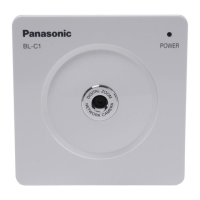
